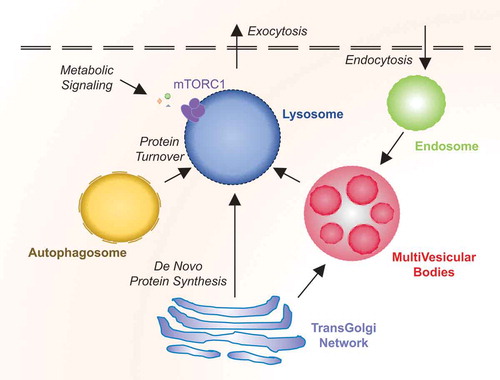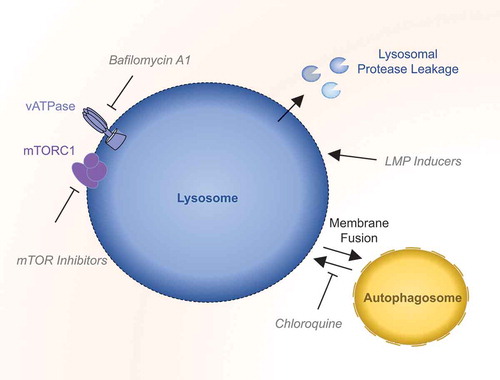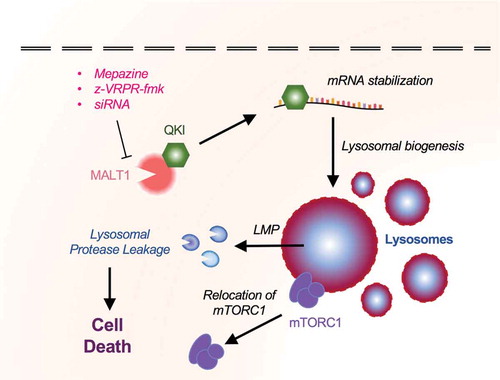Figures & data
Table 1. Compounds reported to induce lysosome membrane permeabilization in glioblastoma.



